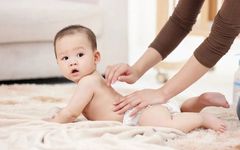Are you worried when your baby gets sick and refuses to take medicine or get injections?
Are you distressed by your baby’s poor appetite affecting their growth and development?
In addition to medication and injections, there is a very healthy and natural therapy in Traditional Chinese Medicine (TCM), which is Tuina (推拿).
What is Pediatric Tuina?
Pediatric Tuina is based on TCM theory and follows the principle of dialectical treatment. It is known as “non-invasive medicine” and “green therapy.” This technique involves pushing, pressing, rubbing, and pinching specific acupuncture points and meridians in children to harmonize Qi and blood, balance Yin and Yang, soothe the mind, and assist the body’s vital energy (Zheng Qi) to treat certain pediatric diseases, enhance children’s immunity, and promote physical development. Tuina therapy is simple, effective, easy to implement, safe, and has no side effects, making it very popular among parents!
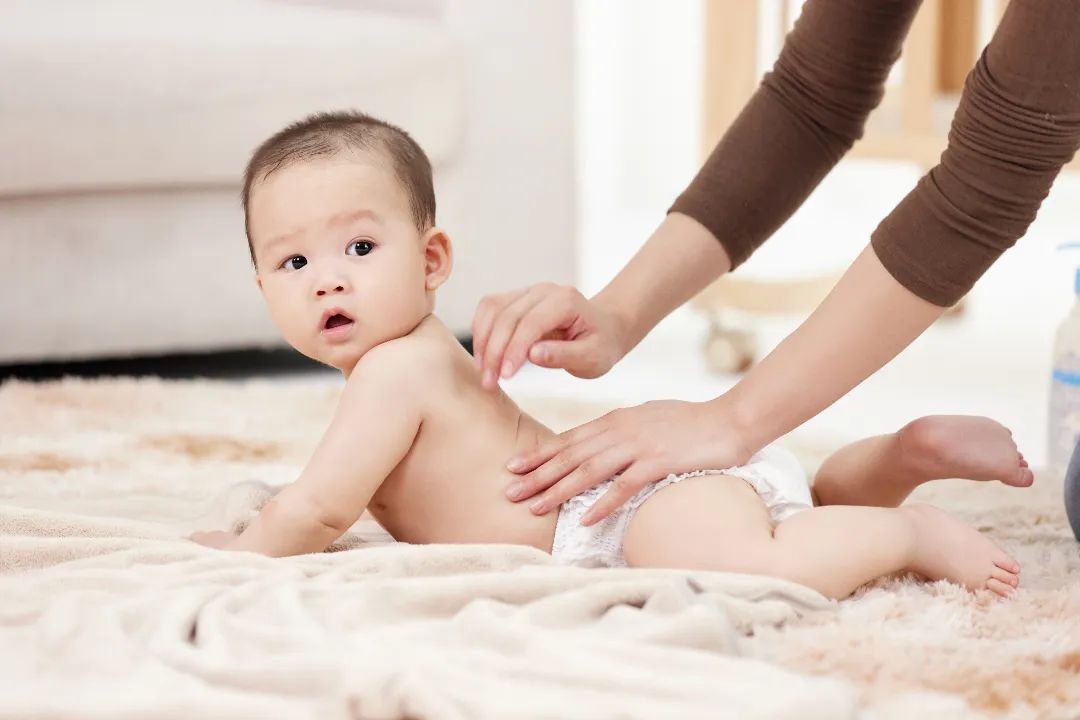
Benefits of Pediatric Tuina
1. Adjusting Organ Function: By stimulating acupuncture points through massage and Tuina techniques, it can harmonize Yin and Yang, balance the Five Elements, unblock meridians, adjust organ functions, and improve children’s physical condition.
2. Enhancing Immunity: Pediatric Tuina can enhance children’s immunity, improve resistance, and prevent diseases.
3. Alleviating Symptoms: Pediatric Tuina can alleviate common symptoms in children, such as colds, coughs, and fevers.
4. Promoting Growth and Development: Pediatric Tuina can promote children’s growth and development and enhance physical fitness.

Suitable Age for Pediatric Tuina
It is suitable for children under 14 years old, with the best effects seen in children under 3 years old, especially infants and toddlers.
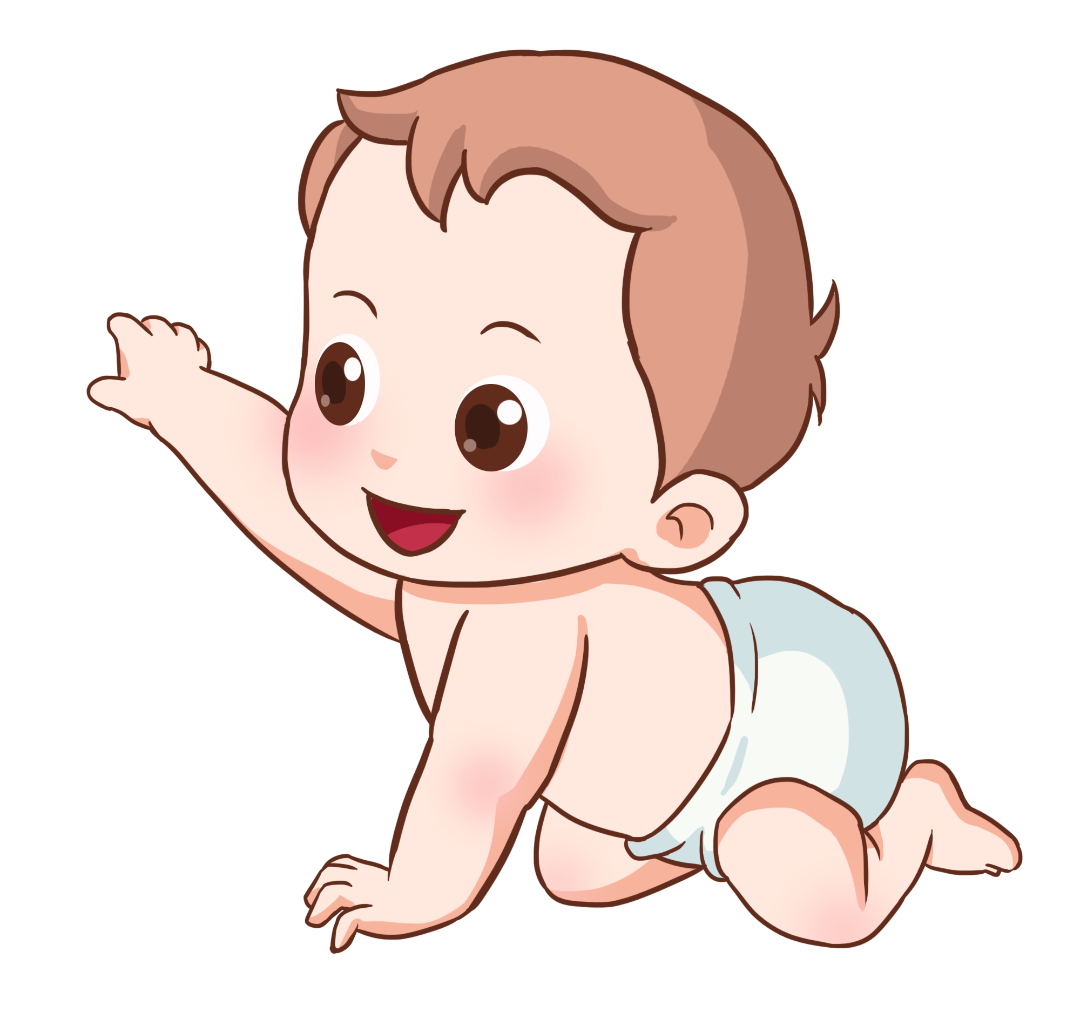
What Aspects Can Pediatric Tuina Regulate?
1. Respiratory System: Colds, coughs, fevers, bronchitis, pneumonia, asthma, rhinitis, sinusitis, acute and chronic tonsillitis, chronic bronchitis, etc.
2. Digestive System: Anorexia, vomiting, diarrhea, constipation, intestinal spasms, abdominal pain, bloating, etc.
3. Common Pediatric Disorders: Enuresis, night terrors, crying, eczema, urticaria, growth retardation, etc.
Precautions for Pediatric Tuina
1. Tuina is not suitable for areas with burns, scalds, lacerations, or local scabies; it is also not suitable for various injuries, fractures, or dislocations.
2. Children’s skin is delicate; it is advisable to use massage oil or other lubricants during Tuina to prevent skin injury. The techniques should be gentle and not too forceful, requiring a light, smooth, and steady approach while paying attention to the child’s emotional changes to keep them happy and cooperative.
3. Avoid water contact or bathing for 4-6 hours after Tuina, and ensure warmth is maintained.
Recommended Techniques for Regulating the Spleen and Stomach in Children
1. Pushing the Spleen Meridian
The Spleen Meridian can be divided into the tonifying and clearing techniques. The tonifying technique can enhance the child’s appetite, while the clearing technique can improve food accumulation caused by indigestion.
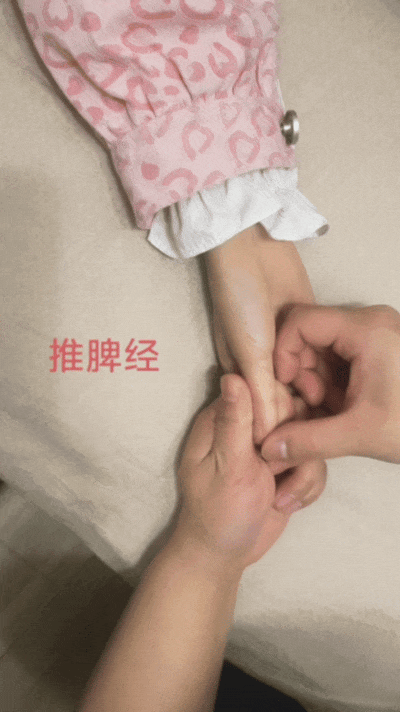
2. Pushing the Stomach Meridian
The Stomach Meridian is a “digestive aid” that children carry with them, which is both natural and cost-free. Regularly pushing the Stomach Meridian not only strengthens the spleen and replenishes deficiency but also enhances the child’s immunity and promotes height growth.

3. Pressing the Four Horizontal Points
The Four Horizontal Points have the effect of resolving food accumulation and phlegm, harmonizing Qi and blood, and are particularly effective for treating children’s food accumulation and anorexia.

4. Pushing the Three Passes
The Three Passes have the effect of tonifying deficiency and dispelling cold, warming and supplementing lung Qi. Pushing the Three Passes can warm and supplement the spleen and lungs, preventing colds.
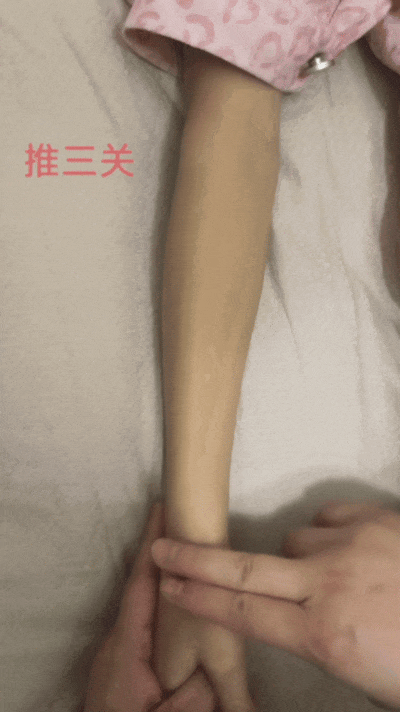
5. Performing the Inner Bagua Technique
The Inner Bagua technique regulates the spleen and stomach and prevents cough and asthma. It has the effects of smoothing Qi, resolving phlegm, and balancing Yin and Yang, mainly regulating issues such as Qi counterflow, chest tightness, vomiting, and easy coughing in children.
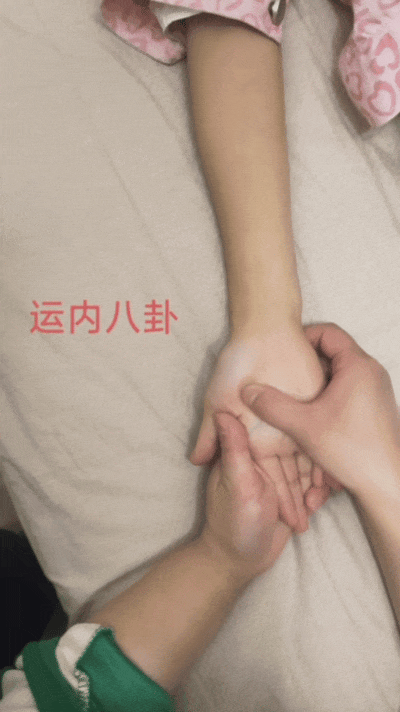
6. Pressing the Shenque Point:Resolve food accumulation and enhance physical strength
Pressing the Shenque Point has the effect of resolving food accumulation and clearing turbidity, which can alleviate symptoms such as abdominal bloating and pain. Regular massage can extend beyond the navel to the entire abdomen, known as “abdominal massage.” Abdominal massage has a good regulating effect on the intestines and is beneficial for digestion.
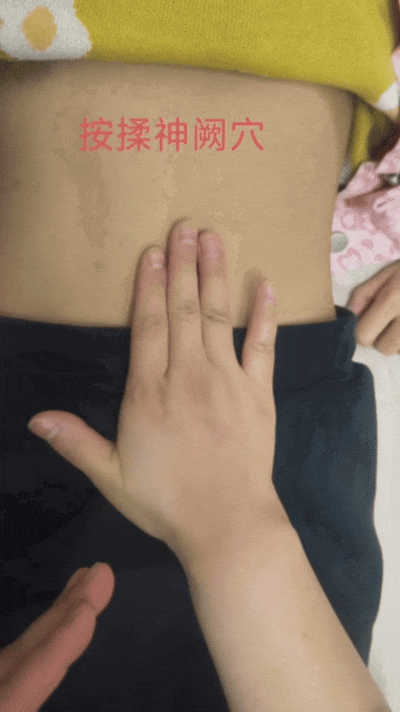
7. Pushing and Rubbing the Banmen Point:Open appetite, make meals enjoyable
Rubbing the Banmen Point can regulate issues such as lack of appetite and abdominal bloating.

8. Pressing the Zhongwan Point:Resolve food and harmonize the stomach, strengthen the spleen and stomach
Rubbing the Zhongwan Point can regulate issues such as stomach pain, abdominal bloating, and vomiting in children.
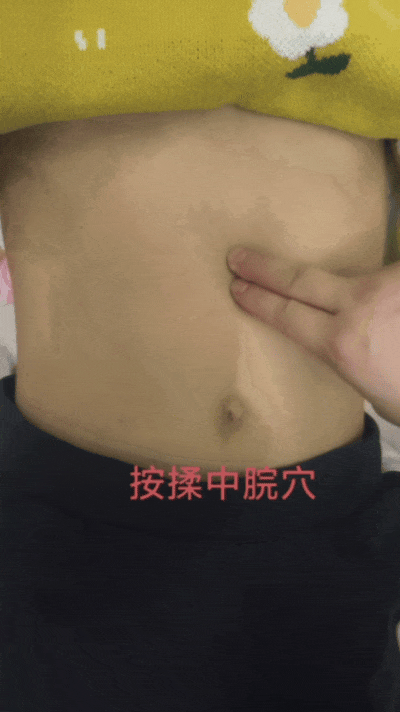
9. Pressing the Zusanli Point:Benefit the spleen and stomach, strengthen the body
Pressing the Zusanli Point can regulate the spleen and stomach and strengthen the body. For routine health care, the pressure can be gentle; if the child has symptoms of food accumulation, the pressure should be slightly stronger, and the duration can be longer. While pressing the Zusanli Point, it can be combined with back pinching and abdominal massage for better results.
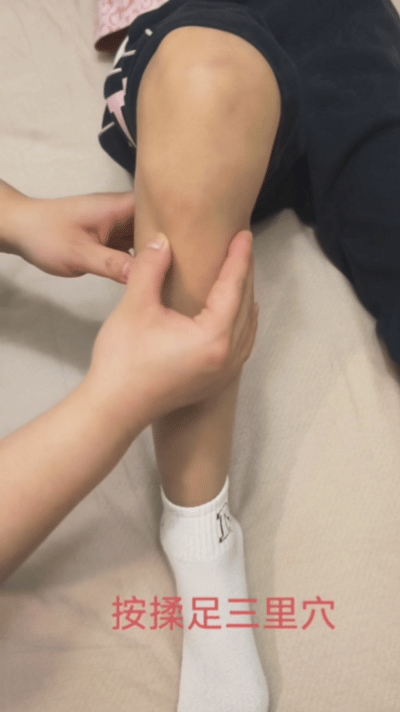
10. Pinching the Spine
Regularly pinching the spine can strengthen the body, benefit the spleen, and enhance the child’s healthy growth.
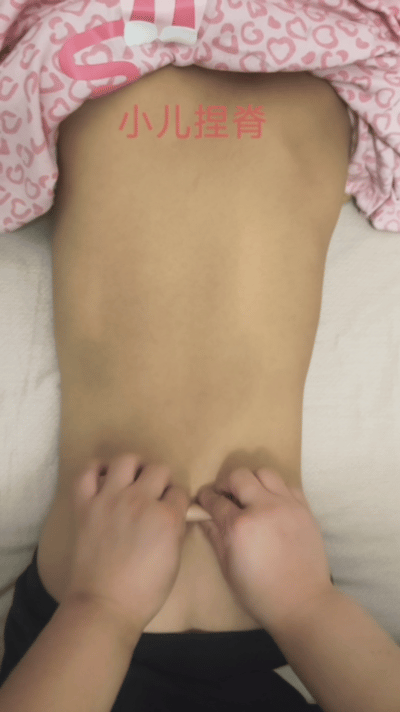
Understanding Pediatric Tuina Correctly
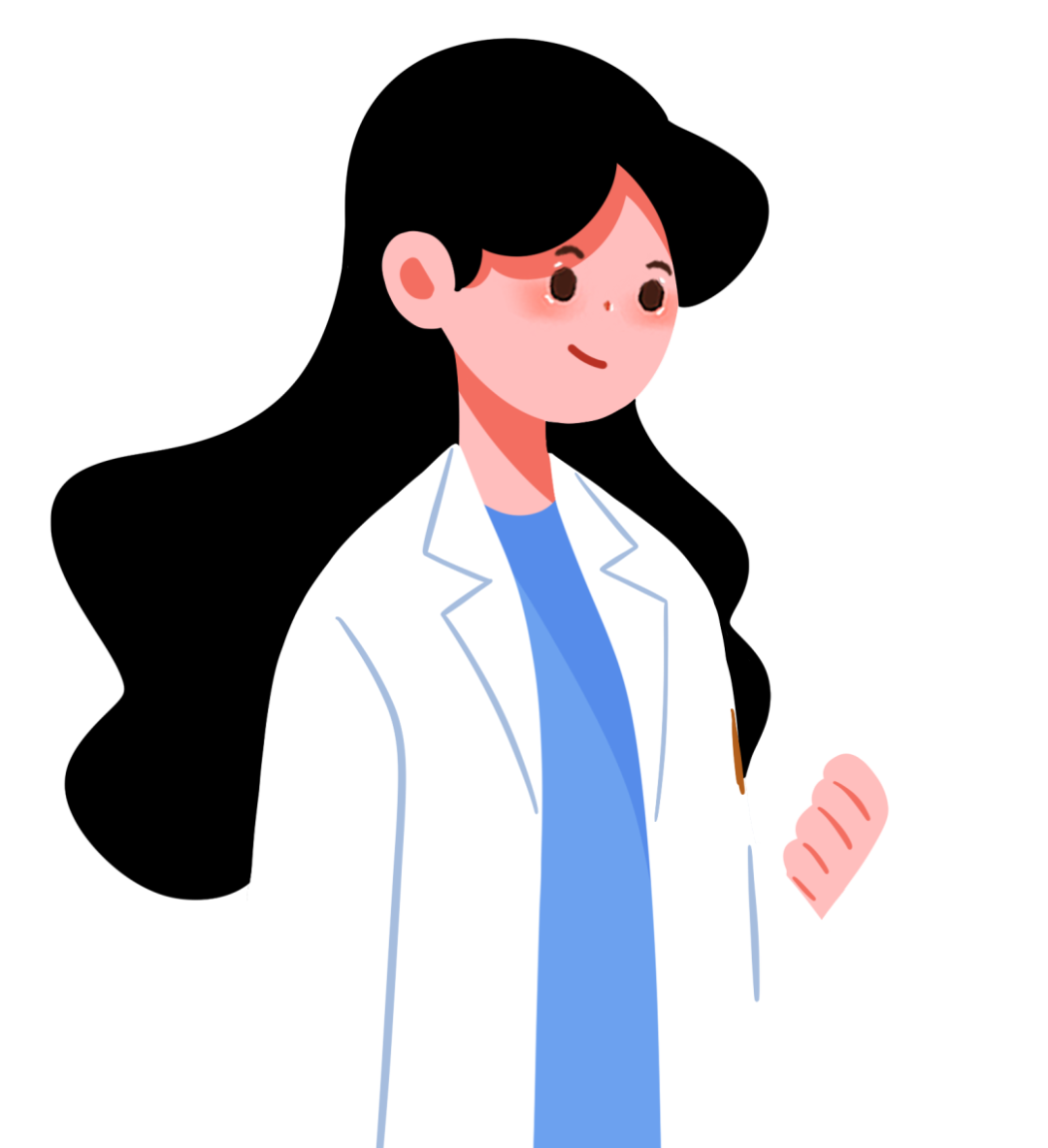
1. It does not cure all diseases, but it can regulate many: It helps babies adjust their bodily functions and has good auxiliary treatment effects for some common diseases.
2.It is not a hit-or-miss approach: Pediatric Tuina requires adherence to the treatment course under the guidance of a physician for better therapeutic effects.
3. It should not be done only when remembered: This is a habit for the health of the baby, emphasizing consistency and execution, allowing timely Tuina adjustments to keep the baby healthy.

Featured Expert for This Issue
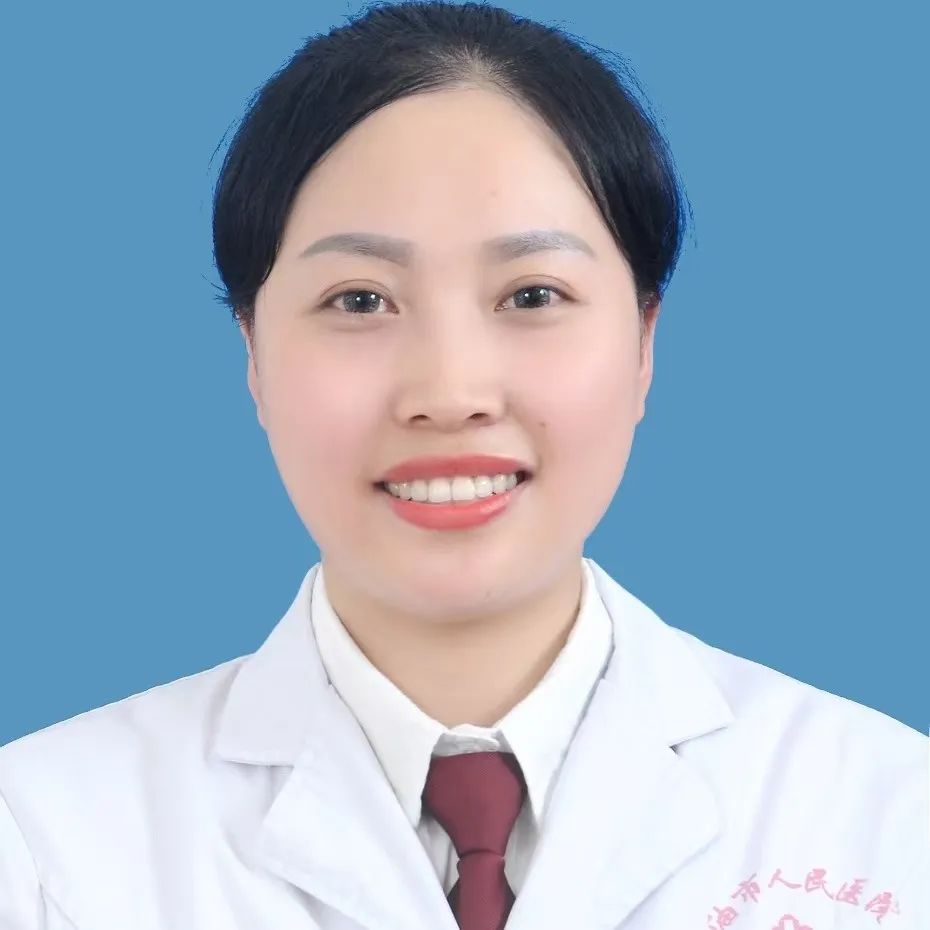 Duan MingjunDuan Mingjun Head of Pain and Rehabilitation Medicine Treatment Group, Chief Rehabilitation Therapist, TCM Physician
Duan MingjunDuan Mingjun Head of Pain and Rehabilitation Medicine Treatment Group, Chief Rehabilitation Therapist, TCM Physician
Graduated from Chengdu University of Traditional Chinese Medicine with a major in Rehabilitation Therapy. He has studied in the Rehabilitation Department of the First Affiliated Hospital of Zhengzhou University and has been engaged in clinical rehabilitation therapy for over ten years, specializing in neurological rehabilitation, spinal cord injury, neck, shoulder, waist, and leg pain, as well as TCM-related treatments. He has published several papers on rehabilitation therapy and acupuncture in TCM.
Introduction to the Rehabilitation Medicine Department
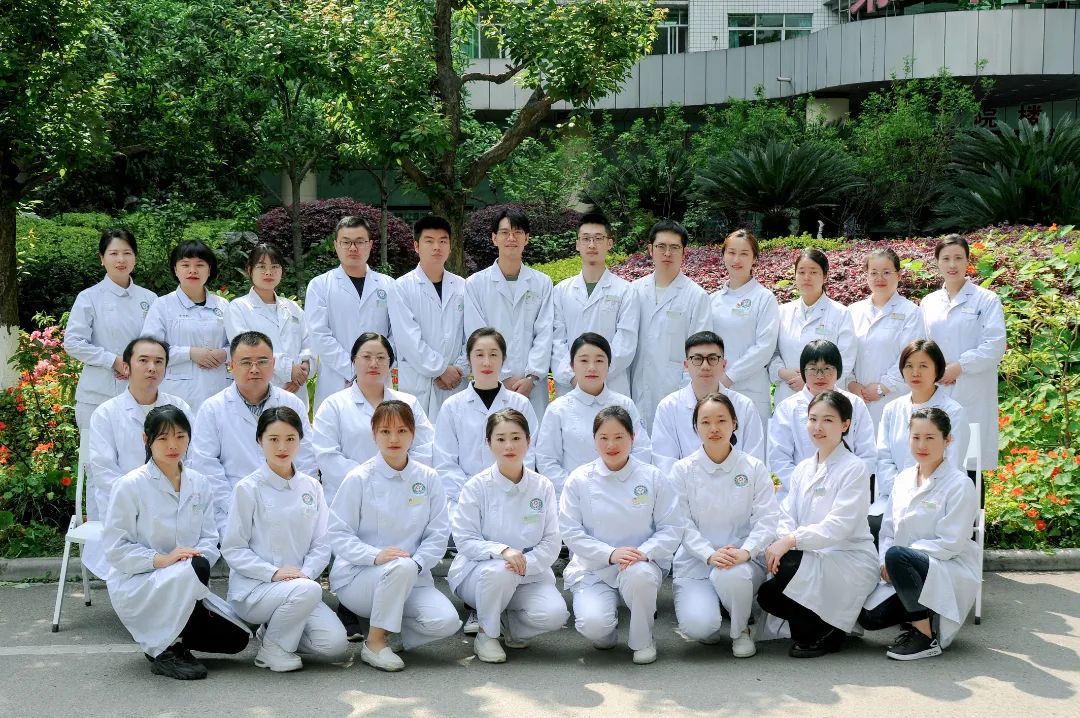
The Rehabilitation Medicine Department of Jiangyou People’s Hospital was established in 2010, evolving from the Pain and Rehabilitation Medicine Department. After nearly ten years of development, it has become a thriving specialty department integrating clinical practice, teaching, and research. The department currently has 50 open beds and includes teams for neurological rehabilitation, spinal cord injury rehabilitation, orthopedic rehabilitation, musculoskeletal rehabilitation, and early rehabilitation. There are over 30 professionals, including rehabilitation physicians, physical therapists, manual therapists, speech therapists, swallowing therapists, and occupational therapists. Advanced techniques such as hyperbaric oxygen therapy, traditional acupuncture, physical factor therapy, joint mobilization, neuromuscular facilitation, chiropractic therapy, and exercise therapy are employed. The treatment level for orthopedic, sports injuries, stroke, spinal cord injuries, traumatic brain injuries, peripheral nerve injuries, and neck, shoulder, waist, and leg pain is among the best in the northwest region of Sichuan.
Department Philosophy: Integrity, Compassion, Teamwork, Professionalism, and Innovation
Neurological Rehabilitation Team: Provides a professional treatment team and individualized treatment plans for diseases such as stroke (apoplexy), traumatic brain injury, and peripheral nerve injuries, using a multidisciplinary approach to improve function, reduce or eliminate disabilities, and help patients return to their families and society as soon as possible.
Spinal Cord Injury Rehabilitation Team: Combines neuromuscular electrical stimulation, electromyographic biofeedback, and strength training with therapeutic modalities to help patients regain mobility early, improving their ability to perform daily activities such as turning, sitting, standing, transferring, and walking, maximizing the improvement of their quality of life.
Orthopedic Rehabilitation Team: Has rich experience in treating stiffness of shoulder, elbow, wrist, hip, knee, and ankle joints caused by various diseases, using joint mobilization and traction techniques to help patients recover maximum function in the shortest time. It alleviates functional impairments caused by various diseases or fractures.
Musculoskeletal Rehabilitation Team: Targets patients with neck, shoulder, waist, and leg pain due to musculoskeletal issues and sports injuries, using physical therapy, chiropractic techniques, and myofascial release techniques to reduce pain, improve musculoskeletal function, and decrease the likelihood of recurrence, enhancing patients’ mobility.
Early Rehabilitation Team: Responsible for the acute phase clinical rehabilitation of patients with diseases and injuries from various clinical departments, using a consultation model, sending rehabilitation physicians and therapists into relevant clinical departments to provide early, professional rehabilitation medical services; at the same time, systematic and standardized rehabilitation treatment for subacute and chronic diseases is conducted, allowing patients to receive professional rehabilitation treatment promptly, significantly improving their rehabilitation rates.
Rehabilitation Inpatient Ward Address: 8th Floor, Second Inpatient Building Consultation Phone: 0816-3267934
Rehabilitation Specialty Outpatient Address: Room 330, Rehabilitation Medicine Specialty Diagnosis, 3rd Floor Outpatient Department
Outpatient Hours: Guo Chunliang, Director of Rehabilitation Medicine, Tuesday, Thursday, and Sunday mornings
Jiang Mingjiang, Attending Physician, Wednesday and Friday afternoons
Yang Tao, Attending Physician, Monday and Thursday afternoons
Consultation Phone: 0816-3254241 Appointment Registration: 0816-3279120
END
(Some images are sourced from the internet; please contact for removal if there is any infringement)
Previous Recommendations:
Why have so many people been diagnosed with lung nodules in the past two years? What types of lung nodules are safe?
Customized, effective blood sugar control! Jiangyou People’s Hospital’s diabetes meal plan is now available!
Experts available on weekends! Jiangyou Medical Weekend Specialist Outpatient Clinic is now open!
These 6 situations should undergo hysteroscopy; do not delay treatment!
Even celebrities like Na Ying cannot escape shingles; how can ordinary people avoid pitfalls?
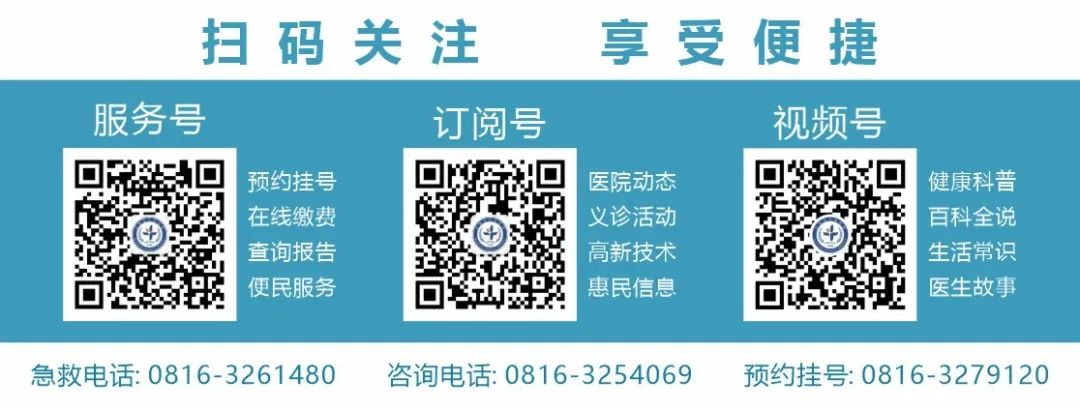
Share a Little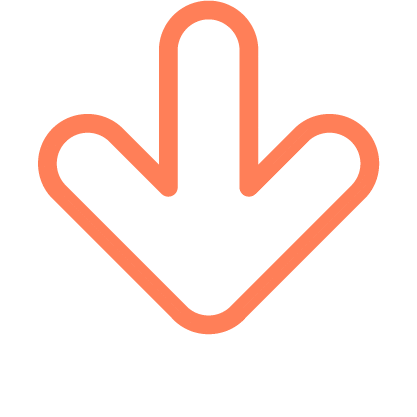 Give a Thumbs Up
Give a Thumbs Up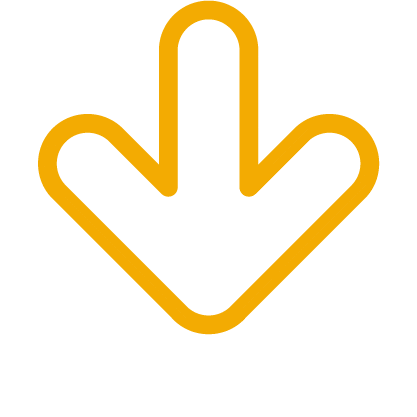 Tap to View
Tap to View

